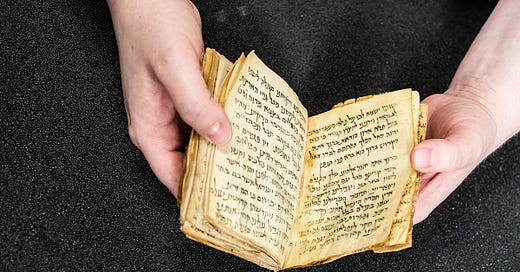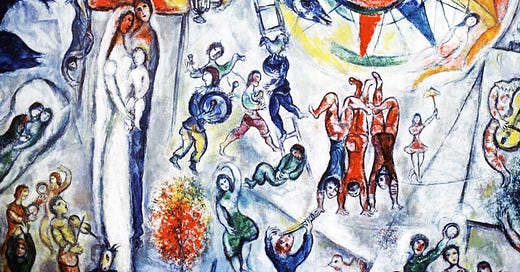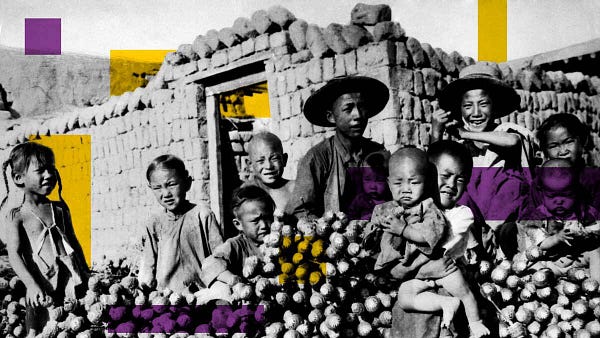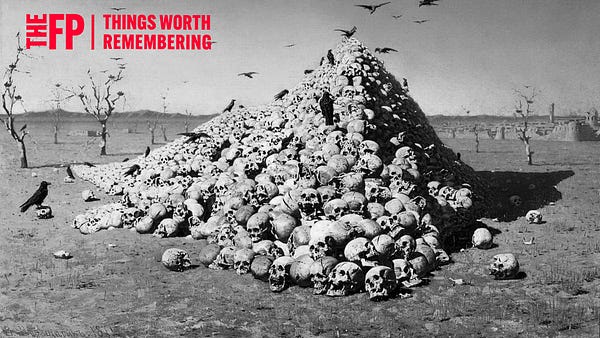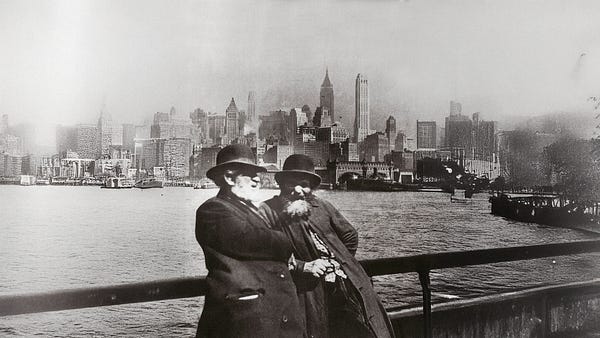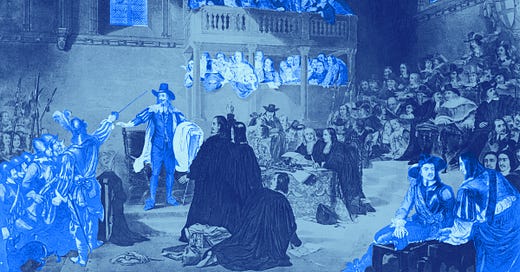
In 2019 a curator from the Museum of the Bible in Washington, D.C., and an elderly scholar from Jerusalem were at work on an odd manuscript: a pocket-sized Hebrew book of uncertain age and origin.
Over the years, the manuscript had been variously identified as a fragment of the Talmud, a seventeenth-century book of Psalms, a relic from Babylon, a ninth-century prayer book, and a remnant of a famous medieval repository of texts from a synagogue in Cairo. It was rare enough to draw the attention of scholars, if not the public. Some of the pages contained a previously unknown poem for the Jewish festival of Sukkot. On one page, an untrained scribe, perhaps a child practicing lessons, wrote out the Hebrew alphabet. Other pages had a version of the Haggadah, the text read by Jewish families at the festive Passover meal.
The Jerusalem scholar, Malachi Beit-Arié, had a hunch that the book’s story was other, and older, than it seemed.
Beit-Arié, 82 at the time, was one of the world’s preeminent authorities on Hebrew manuscripts, and his hunches were taken seriously. (He died four years later, in 2023.) The research team sent four parchment fragments for carbon dating, then waited for several months in suspense.


